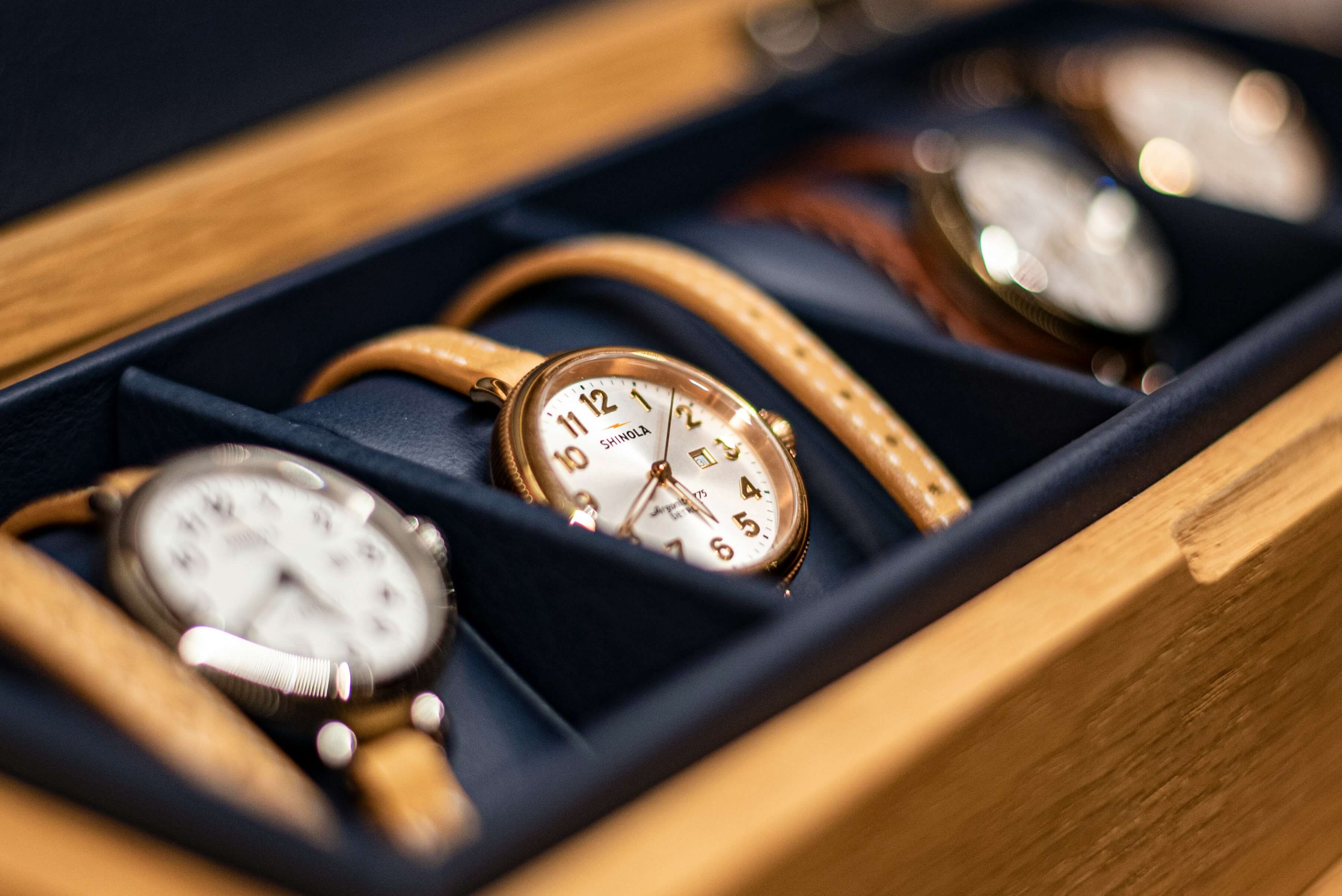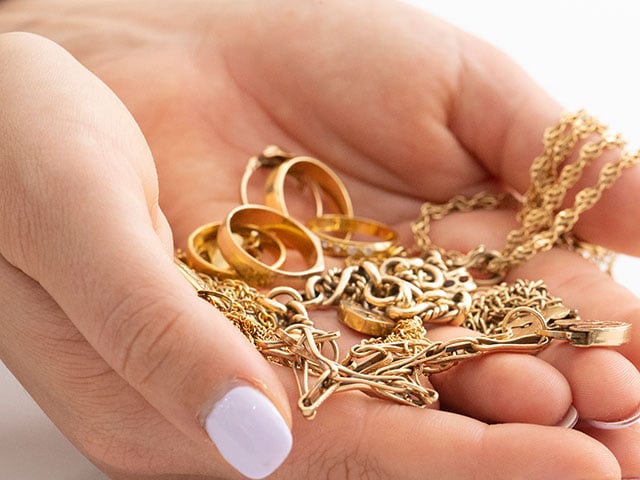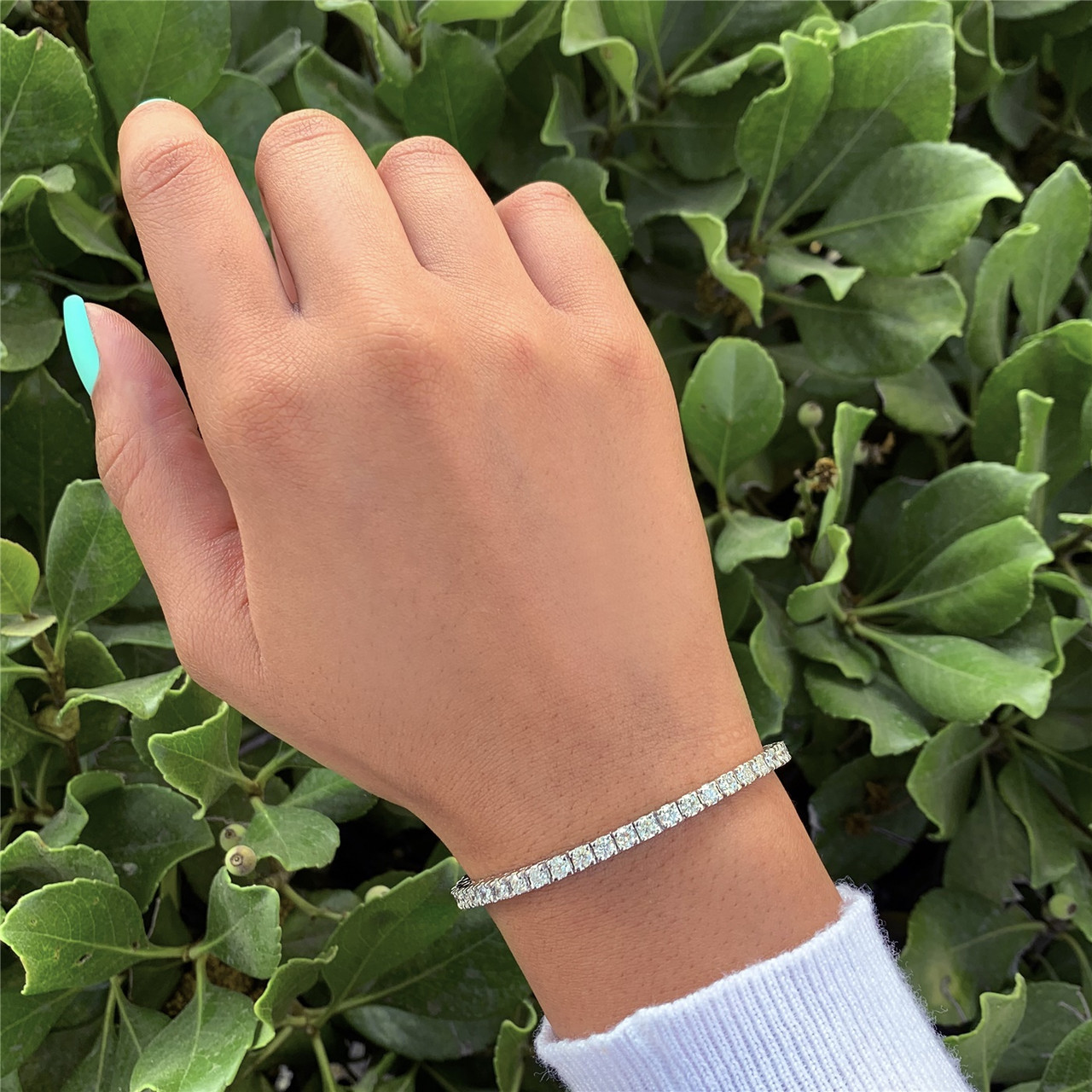
Rise of the Moissanite Diamond: An Honest Look From an Aussie Jewellery
I still remember the first time a customer walked into our studio clutching a tiny, glimmering stone in a folded tissue. She whispered, almost conspiratorially, “I think it’s moissanite… but it looks exactly like a diamond. Can you tell the difference?”
To be honest, that moment marked the beginning of a pretty dramatic shift in how Aussies think about engagement rings, fine jewellery, and what really matters in a gemstone. Today, the moissanite diamond conversation is everywhere — from brunch tables in Bondi to geology labs in Perth — and it’s only growing louder.
If you’ve been hearing the buzz but aren’t quite sure what it all means, well, grab a cuppa. Let’s dive into the fascinating world of moissanite, how it stacks up against natural diamonds and lab made diamonds, and why it’s become the quiet disruptor of the jewellery world.
What Actually Is Moissanite?
You might not know this, but moissanite has one of those almost sci-fi origin stories. It was first discovered in a meteor crater in Arizona back in 1893 by a French chemist named Henri Moissan — hence the name. Imagine that: tiny sparkling crystals falling from space, only to be found decades later and turned into jewellery. You couldn’t script it better.
Natural moissanite is extremely rare, though, so what we see in jewellery today is grown in a lab. And before anyone raises an eyebrow, lab-grown doesn’t mean “fake.” Not even close. It simply means the stone is grown under controlled conditions so it can form perfectly, consistently, and ethically.
As someone who works with gemstones every day, I was actually surprised by how strong and brilliant moissanite is. It’s one of the few stones that can genuinely rival a diamond in sparkle — and in some lighting, it even outshines one.
Moissanite vs Diamond: The Honest Breakdown
If you’ve ever taken a moissanite and a diamond outside into the Aussie sun, you’ll know exactly what I mean when I say: moissanite blazes. It has this fiery dispersion — that colourful flash — that catches the eye even from across the room.
Here’s a simplified way to think about the differences (and I’ll keep it practical, not technical):
1. Sparkle & Fire
-
Diamonds: Classic, crisp, white flashes of light. Understated but elegant.
-
Moissanite: More colourful sparkle, more rainbow flashes, a touch more dramatic.
If diamonds are like a luxe candlelit dinner, moissanite is like fireworks on New Year’s Eve.
2. Hardness & Durability
Moissanite is incredibly tough — second only to diamonds on the hardness scale. That means it won’t scratch easily, crack, or cloud over time. For everyday wear, it’s more than durable enough.
Seriously, I’ve seen engagement rings worn for ten straight years without a single visible mark.
3. Colour & Clarity
Most moissanite sold today is near-colourless or icy white. Older moissanite sometimes had a slight warmth to it, but modern stones? They’re stunningly crisp.
Because they’re grown in a lab, they usually have fewer inclusions than most mined diamonds. A jeweller’s loupe often reveals a moissanite that’s near flawless — and that’s pretty impressive.
4. Price
This is where things get really compelling for a lot of couples.
A moissanite diamond ring can cost a fraction of what an equivalent diamond ring would — sometimes up to 90% less. And it’s not because the quality is lower. It’s simply because moissanite doesn’t rely on mining, rarity, or legacy pricing.
For many modern couples who’d rather put their savings toward a home deposit (good luck with that in today’s market), travel, or a honeymoon, this is a game-changer.
5. Ethics & Sustainability
Mining isn’t easy on the earth, no matter how responsibly it’s done. Moissanite, being lab-grown, avoids environmental disruption entirely.
I often hear couples say they love knowing their stone didn’t involve digging up tonnes of earth or intense water usage. It just feels good — plain and simple.
The Surprising Shift Toward Lab-Created Gemstones
Something interesting has happened over the last decade: we’ve started seeing a massive shift in how people think about gemstones in general.
It’s not just moissanite gaining popularity — lab made diamonds are carving out their own space too. These are chemically identical to mined diamonds, down to the atomic structure. No difference to the naked eye, no difference on a jeweller’s loupe. The only difference is the origin story.
If you’re curious about how they’re used outside jewellery — and it’s actually pretty fascinating — there’s a helpful breakdown here that explains the broader role of lab made diamonds.
Between the rise of moissanite and lab-grown diamonds, we’re seeing a generational shift: people want beauty, but they also want ethics, transparency, and fair pricing. Honestly, it’s refreshing.
Why Some People Still Choose Diamonds
Even with all the practical benefits of moissanite, natural diamonds are still incredibly popular — and they will be for a long time.
A diamond has that iconic status. It’s a symbol that’s been built over more than a century, woven deeply into tradition, romance, and pop culture. For many, choosing a diamond isn’t about the science or the sparkle — it’s an emotional decision. And that’s okay.
Jewellery has always been personal. If a diamond feels more meaningful to someone, they should absolutely choose one.
But it’s good — even empowering — to know that you have options now.
When Moissanite is the Better Choice (Even If You Didn’t Expect It)
After years working with customers, I’ve noticed a few patterns. Moissanite tends to be the perfect fit for people who:
1. Want a Bigger Stone Without the Price Tag
You can size up comfortably without tripling your budget. I’ve had couples choose a show-stopping, 2-carat moissanite instead of a modest diamond simply because they loved the look.
2. Prioritise Ethical Jewellery
There’s no mining, no conflict concerns, no hidden environmental costs.
3. Prefer More Sparkle
Some people just love fire and brilliance — and moissanite delivers that in spades.
4. Like Long-Term Value Without Overpaying
Instead of sinking thousands into a mined gem, they’d rather invest in experiences or their financial future.
5. Want Something That Lasts Forever
Moissanite isn’t a “budget” stone that yellows or scratches. It’s a lifetime gemstone, full stop.
A Natural Question: Is Moissanite “Too Good to Be True”?
It’s not unusual for someone to look at a moissanite ring and think, “Hang on… if it looks like a diamond, lasts like a diamond, and costs way less — what’s the catch?”
The truth? There isn’t one.
Moissanite doesn’t pretend to be a diamond. It stands on its own merit. It’s stunning, resilient, ethical, and surprisingly glamorous. It isn’t a downgrade — it’s simply different.
If you’d like a deeper analysis on how the two actually compare, the guide at moissanite diamond is one of the clearer, more balanced explanations I’ve seen online.
Designing With Moissanite: A Jeweller’s Perspective
From a design standpoint, moissanite has been one of the best additions to my workshop in years. It behaves beautifully during setting, pairs well with golds and platinum, and can be cut into almost any shape.
My personal favourite? Oval moissanite with a soft yellow-gold band. Something about that combination feels warm, elegant, and timeless — like vintage Hollywood glamour with a modern twist.
But I’ve also created:
- geometric-inspired asscher-cut moissanite rings
- classic solitaire engagement rings
- three-stone moissanite with pear-cut side stones
- delicate pavé bands with petite moissanite accents
It’s a genuinely versatile gemstone.
And because the cost is lower, many customers feel comfortable being bolder with the design — choosing thicker bands, halo settings, or intricate hand-engraved details.
It’s fun, honestly. There’s a sense of freedom.
What About Long-Term Value?
Now, this is where opinions differ a bit.
Diamonds — especially mined diamonds — have a strong resale market and historically hold value reasonably well. Moissanite, being less expensive upfront, isn’t something people generally resell for profit. That’s not usually the point.
Most moissanite buyers care about personal value, not resale value.
It’s kind of like buying a luxury handbag versus a well-made, ethically produced one from a local designer. One retains more resale value; the other feels better aligned with your lifestyle and values.
You just choose the one that fits you best.
A Trend That’s Here to Stay
If there’s one thing I’ve learned in this industry, it’s that people’s preferences evolve — and moissanite is no longer the “alternative stone.” It’s become a legitimate, sought-after centrepiece in its own right.
More couples are choosing it because:
- it’s beautiful
- it’s practical
- it’s ethically aligned
- it’s financially sensible
- it feels modern
And in a world where engagement traditions are becoming more personalised, moissanite fits perfectly.
Final Thoughts: Choosing a Stone That Feels Like You
Jewellery, especially engagement jewellery, isn’t just metal and sparkle. It’s memory. It’s commitment. It’s emotion wrapped in gold.
Whether you choose a diamond, a moissanite diamond, or a lab-grown stone, what matters most is that it feels right — that it reflects your relationship, your values, your personality, or your story.
I’ve seen couples choose moissanite because they loved how bold it looked. I’ve seen others choose diamonds because it’s what their parents wore. And I’ve watched many mix stones, styles, or settings just because it made them smile.
There’s no wrong choice.
There’s only your choice.
If anything, the rise of moissanite isn’t replacing diamonds — it’s broadening the world of fine jewellery, giving all of us the freedom to choose beauty in the way that feels most authentic.













